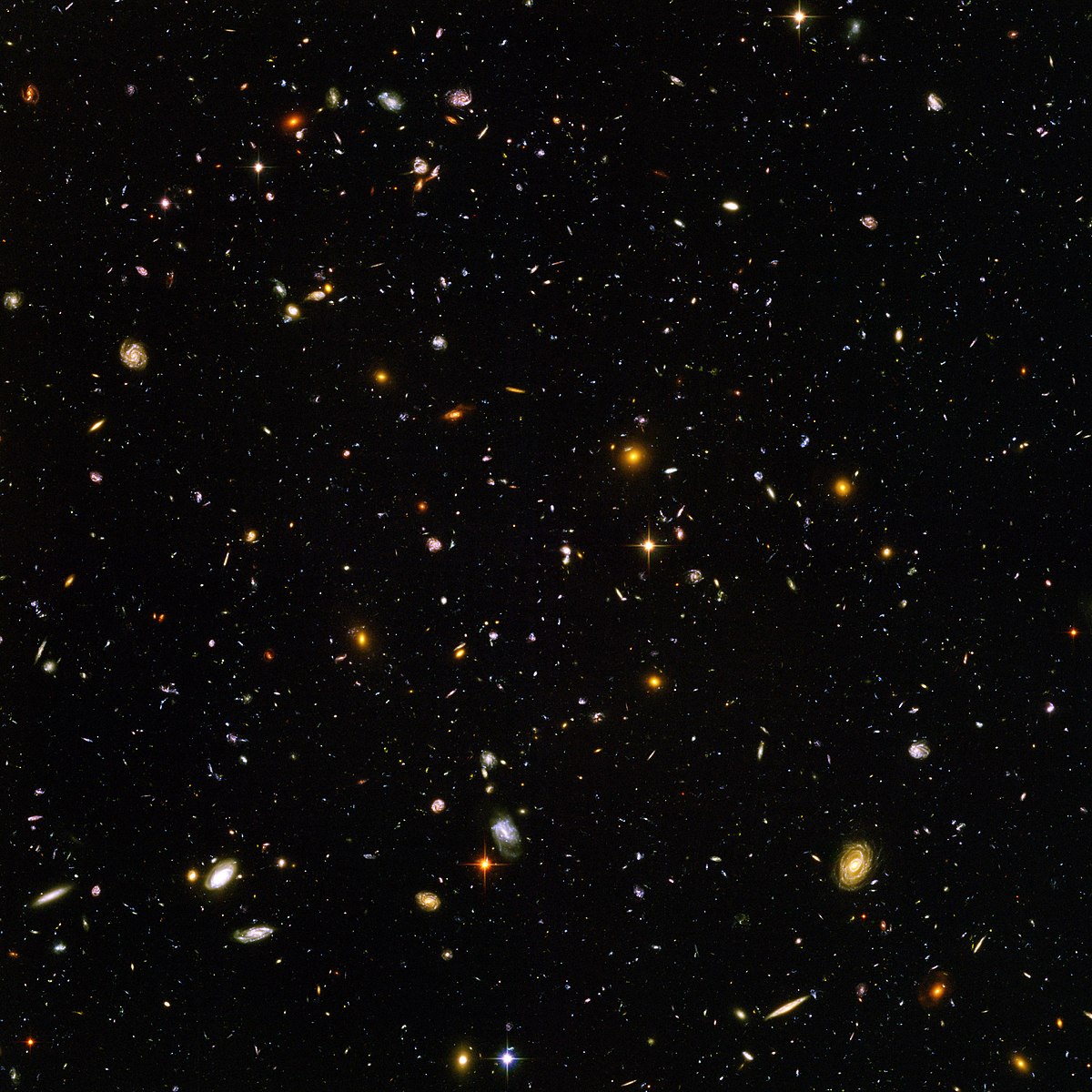hjulenissen
Senior Member

Hubble Ultra-Deep Field - Wikipedia
I imagine the entire telescope wiggling back and forth to produce slightly sharper images (dont know if that is physically accurate).
Chapter 2.5
"smaller shifts in telescope pointing were applied to different observations at the same position angle.
small-scale dithers were applied to each of the four exposures within a two orbit visit. This dither pattern improved the sampling of the final image by introducing half-pixel off- sets. The ACS/WFC detector critically samples the point spread function (PSF) in the reddest bands but significantly undersamples the PSF at shorter wavelengths. Such undersampling leads to loss of spatial information and aliasing artifacts. The introduction of sub-pixel dithering improves the sampling and allows the reconstruction of a higher-resolution final image and a reduction of artifacts."
Is not the word "dither" unusual in this context? If Hubble could only be pointed in integer-valued angles, I would agree that jumping back and forth between two discrete angles would be "dithering" to produce a (lowpass) dithered fractional position. But this seems to be more like oversampling? Moving the (non ideally sampled) sensor somewhat so as (to be able to) synthesize a more desirable sampling (and to better be able to estimate the information contained within the PSF of the optics)
-h
